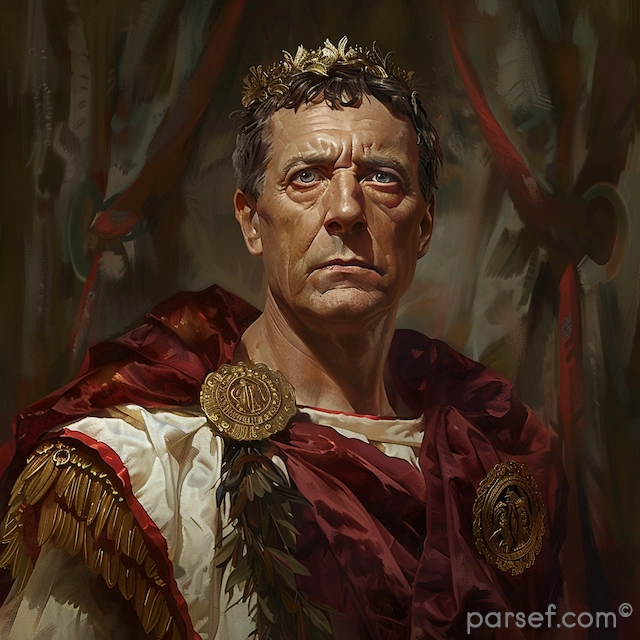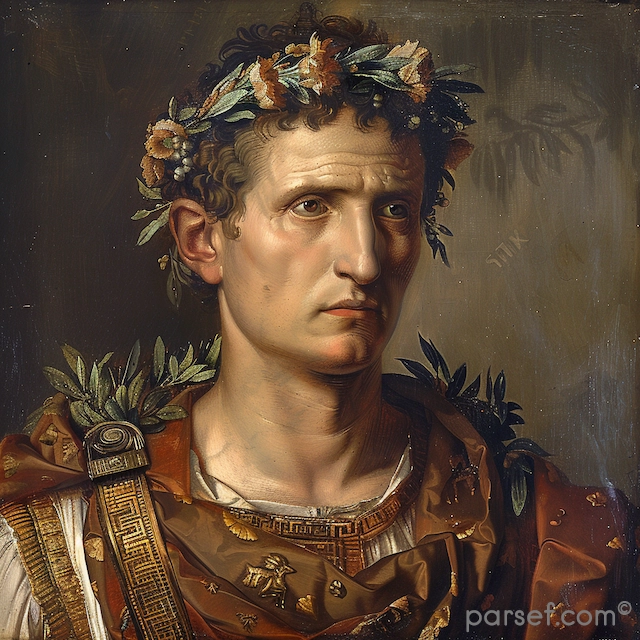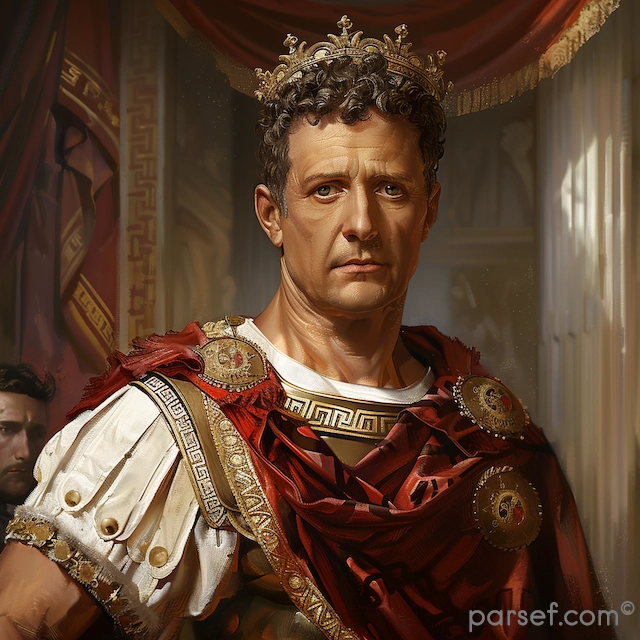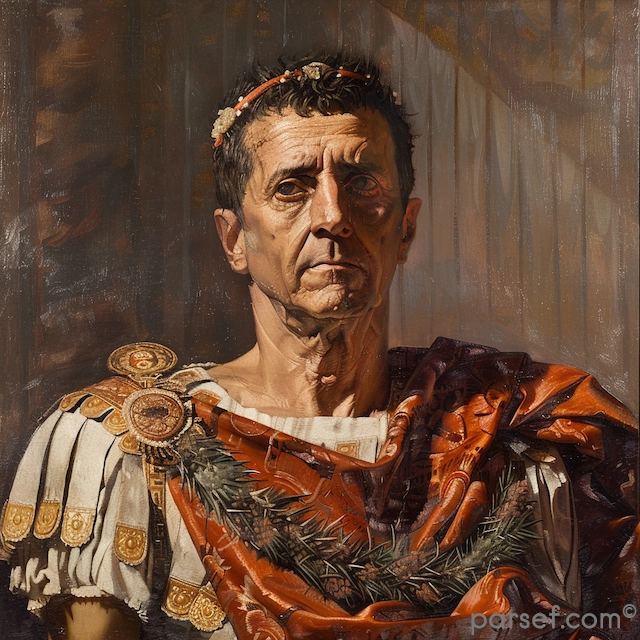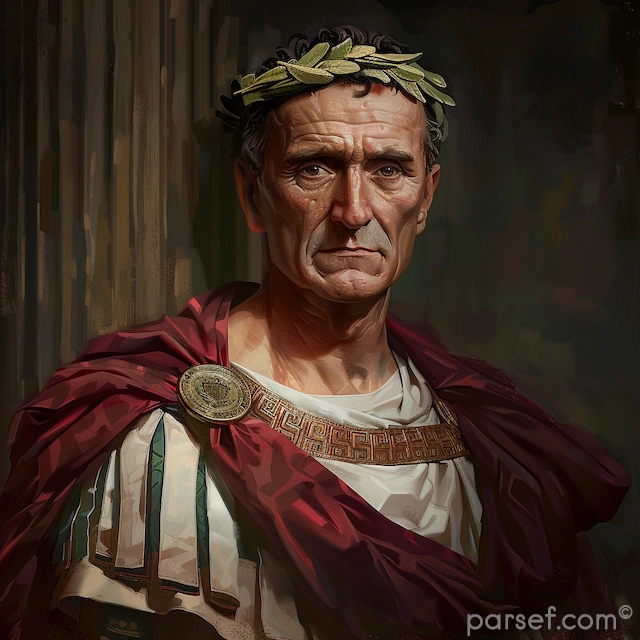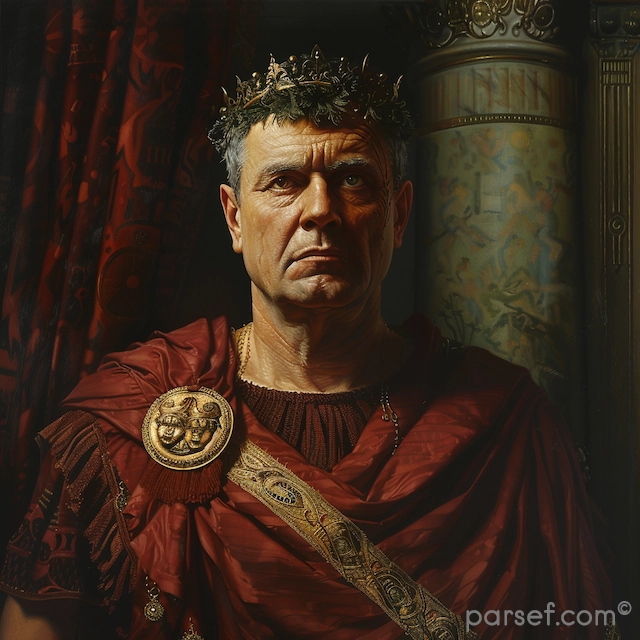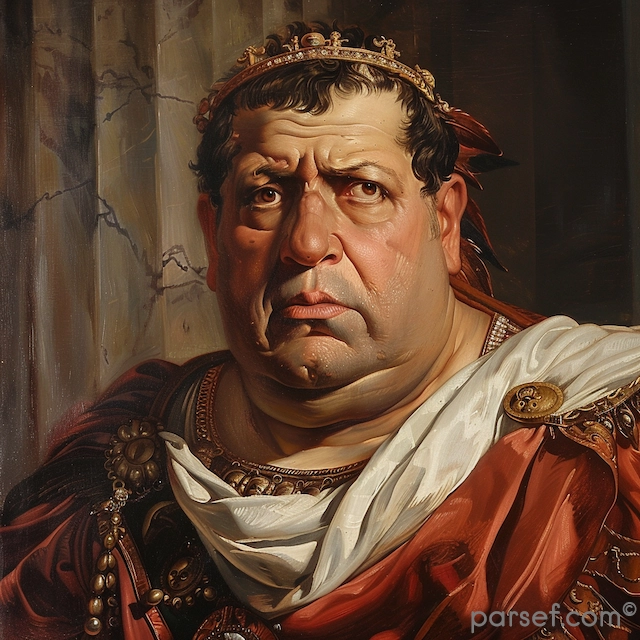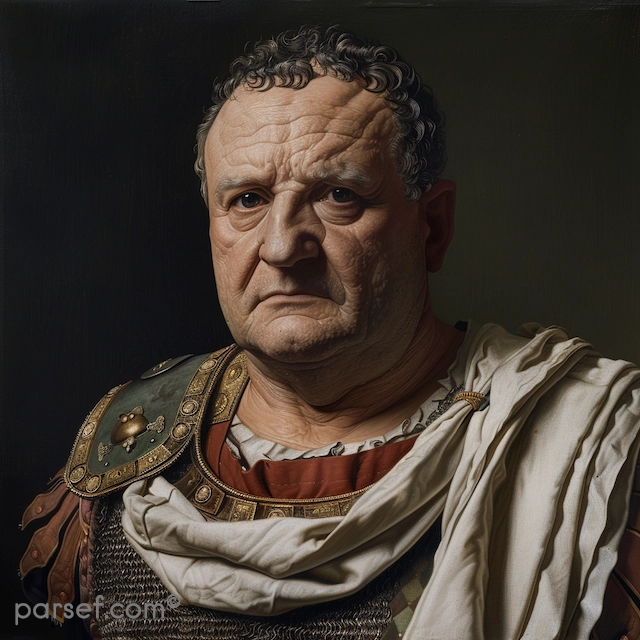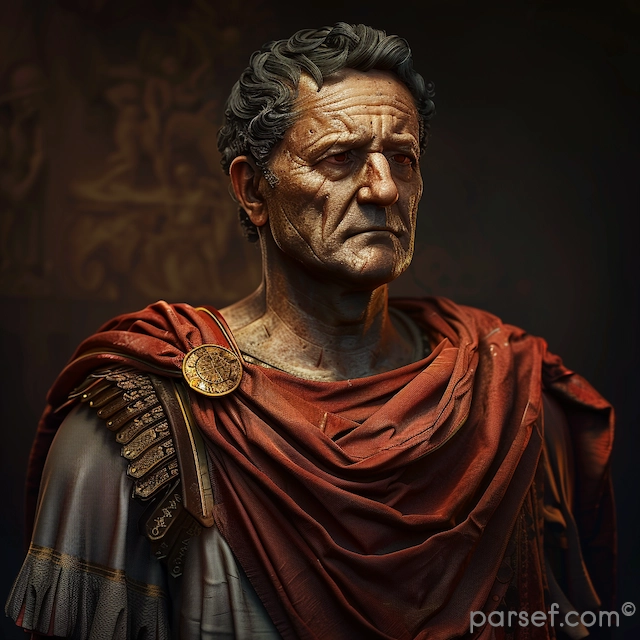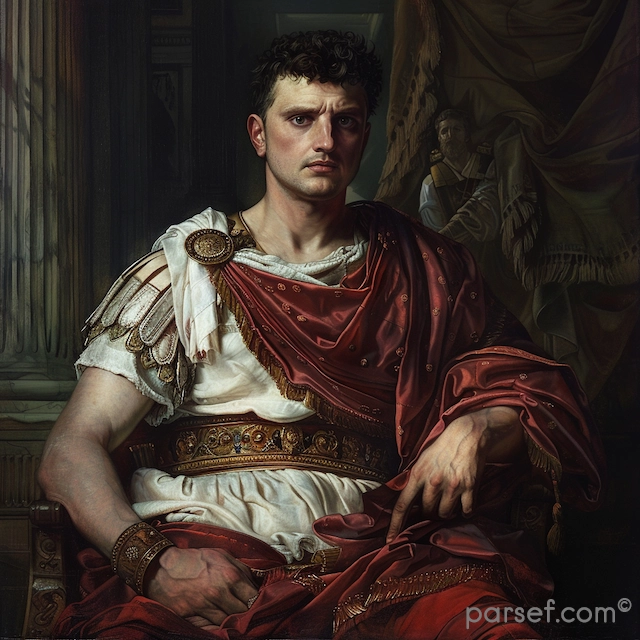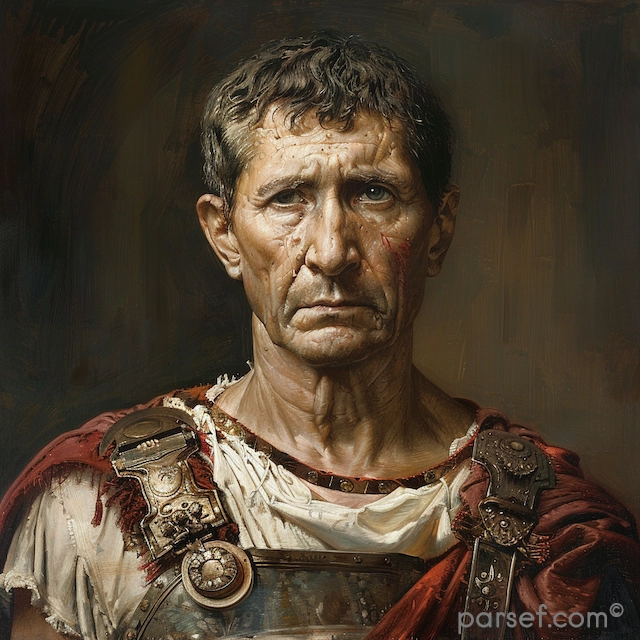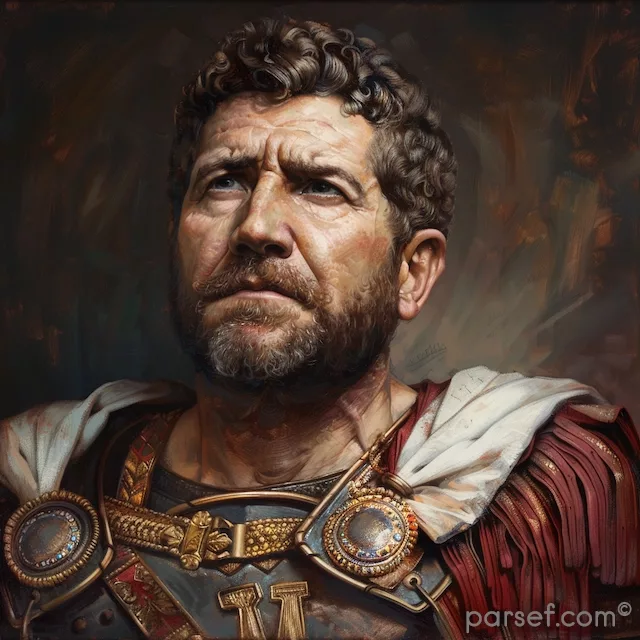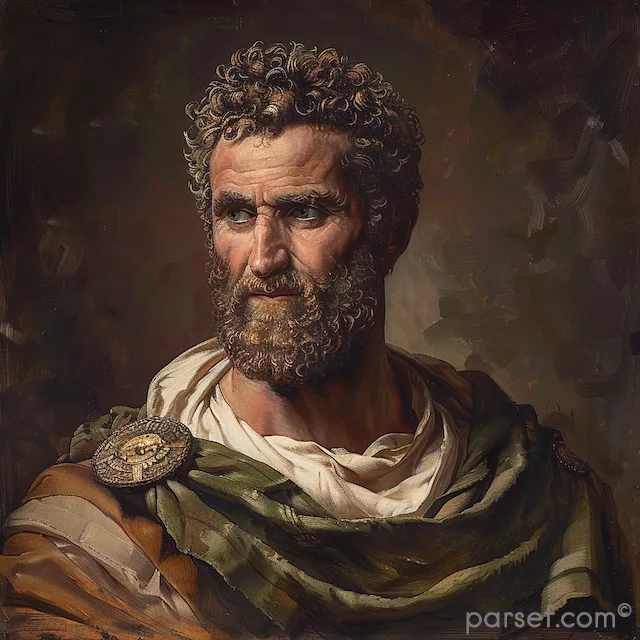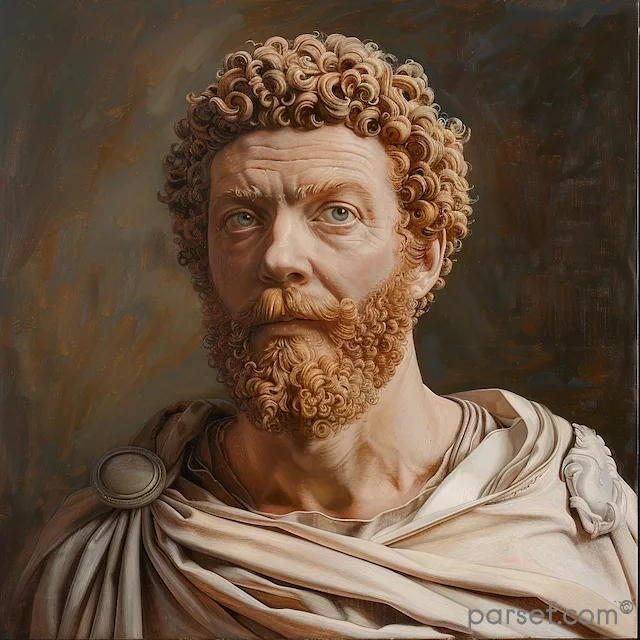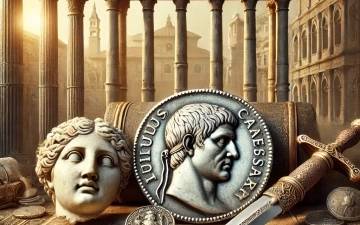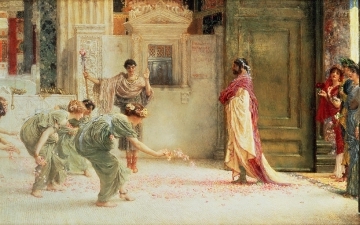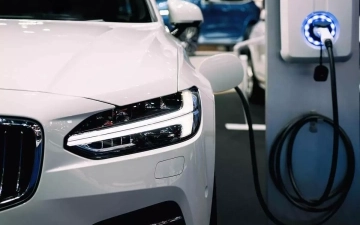Macrinus: The First Equestrian Emperor and His Brief Attempt to Stabilize Rome
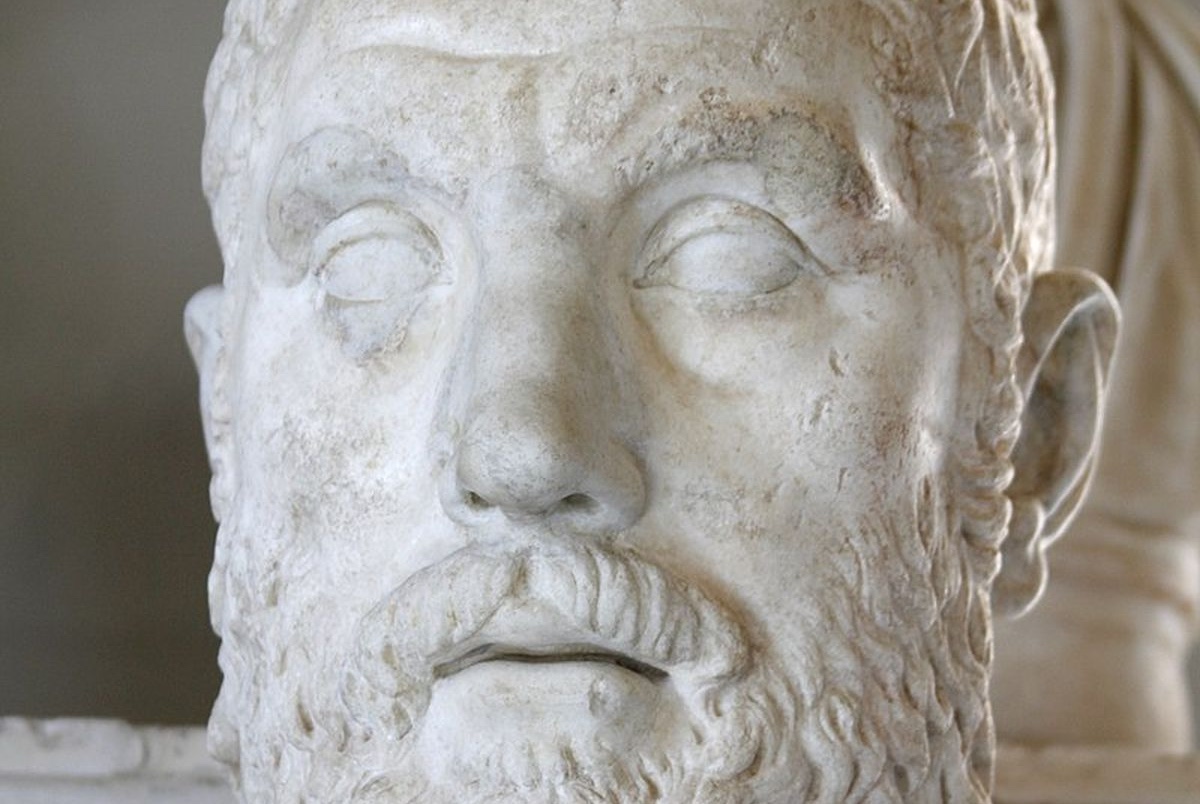
Opilius Macrinus, an unexpected figure in the annals of Roman history, ascended to the imperial throne in 217 AD after the assassination of Caracalla. Unlike his predecessors, who hailed from the senatorial aristocracy, Macrinus was an eques, a member of the equestrian order, a social class traditionally associated with business and finance. His elevation to the highest office in the Roman state marked a significant departure from established norms.
Macrinus was a seasoned administrator and military commander. He had served as prefect of the Praetorian Guard under Caracalla, gaining invaluable experience in the intricacies of imperial power. Upon assuming the purple, he immediately faced a daunting task: restoring order to an empire destabilized by years of tyranny and warfare.
One of Macrinus’ first challenges was to repair the damage inflicted by Caracalla’s extravagant spending. The late emperor's lavish policies had drained the imperial treasury, and Macrinus was forced to implement austerity measures to stabilize the economy. He reduced the size of the imperial bureaucracy, cut back on public spending, and increased taxes to replenish the coffers.
On the military front, Macrinus sought to end the costly Parthian War. He negotiated a peace treaty with the Parthians, which while unpopular in some quarters, brought a much-needed respite from conflict. The resources saved were redirected towards strengthening the empire's defenses along the Rhine and Danube frontiers.
Despite these efforts, Macrinus faced significant opposition. The Praetorian Guard, accustomed to the lavish rewards bestowed by Caracalla, resented Macrinus' austerity measures. The Senate, while initially supportive of his reforms, grew increasingly impatient with his lack of senatorial connections. Most importantly, the Roman populace, weary of war and economic hardship, yearned for a strong and charismatic leader.
Macrinus' downfall was swift and decisive. In 218 AD, he was defeated in battle by the young and ambitious general Elagabalus, who claimed to be the son of the deified Caracalla. The Praetorian Guard, eager to support a new emperor who promised riches and power, deserted Macrinus, and he was executed.
The reign of Macrinus was brief but significant. As the first equestrian to become emperor, he challenged the traditional power structures of Rome. His attempts to stabilize the economy and end costly wars demonstrated his administrative abilities. However, his inability to connect with the Roman people and his failure to secure the loyalty of the Praetorian Guard ultimately led to his downfall.
Macrinus' reign serves as a reminder of the challenges faced by Roman emperors in the 3rd century. The empire was grappling with economic instability, military threats, and a growing sense of crisis. While Macrinus' reforms were essential, they were insufficient to address the deep-seated problems facing Rome.
Related Posts
Career Guide: Construction Managers – Building Careers in the Built Environment
Construction managers are the masterminds behind the successful delivery of building and infrastructure projects. They ensure that every phase of construction — from initial design planning to the final handover — is carried out efficiently, safely, and in compliance with all regulations. As pivotal leaders in the construction sector, they...
Read MoreUnearthing History: Julius Caesar’s Artifacts and Their Significance
Julius Caesar, one of the most renowned figures of Roman history, left an indelible mark on the ancient world. His military conquests, political reforms, and dramatic death have made him a central figure in historical and archaeological studies. Although Caesar lived over two millennia ago, numerous artifacts associated with his...
Read MoreCreating a Welcoming Worship Space: Tips for Choosing Inclusive Church Chairs
An inviting and inclusive church environment is paramount for fostering a strong sense of community and belonging. While theological beliefs and welcoming greetings are essential, the physical space itself also plays a significant role. One often-overlooked element that can significantly impact inclusivity is your church seating. This post dives...
Read MoreCaracalla: The Emperor of Bloodshed and the Architect of Roman Citizenship
Caracalla, son of the formidable Emperor Septimius Severus, is a complex and contradictory figure in Roman history. Often remembered for his brutality and paranoia, he is equally renowned for one of the most far-reaching edicts in Roman law. His reign was marked by a tumultuous blend of violence and reform. Shortly...
Read MoreDriving Toward the Future: Innovations in Sustainable Automotive Technology
As the global focus sharpens on climate change, energy efficiency, and sustainable living, the automotive industry stands at a critical crossroads. Manufacturers, engineers, and policymakers are working in concert to reduce carbon emissions, enhance fuel economy, and reshape transportation for a cleaner tomorrow. At the heart of this revolution lies...
Read MoreHadrian: Building Walls and Bridges in Ancient Rome
In the annals of Roman history, Emperor Hadrian stands out as a multifaceted ruler known for his significant architectural projects, military achievements, and contributions to the empire's cultural development. His reign, from 117 to 138 CE, was marked by a commitment to both defending and connecting the vast Roman territories....
Read More